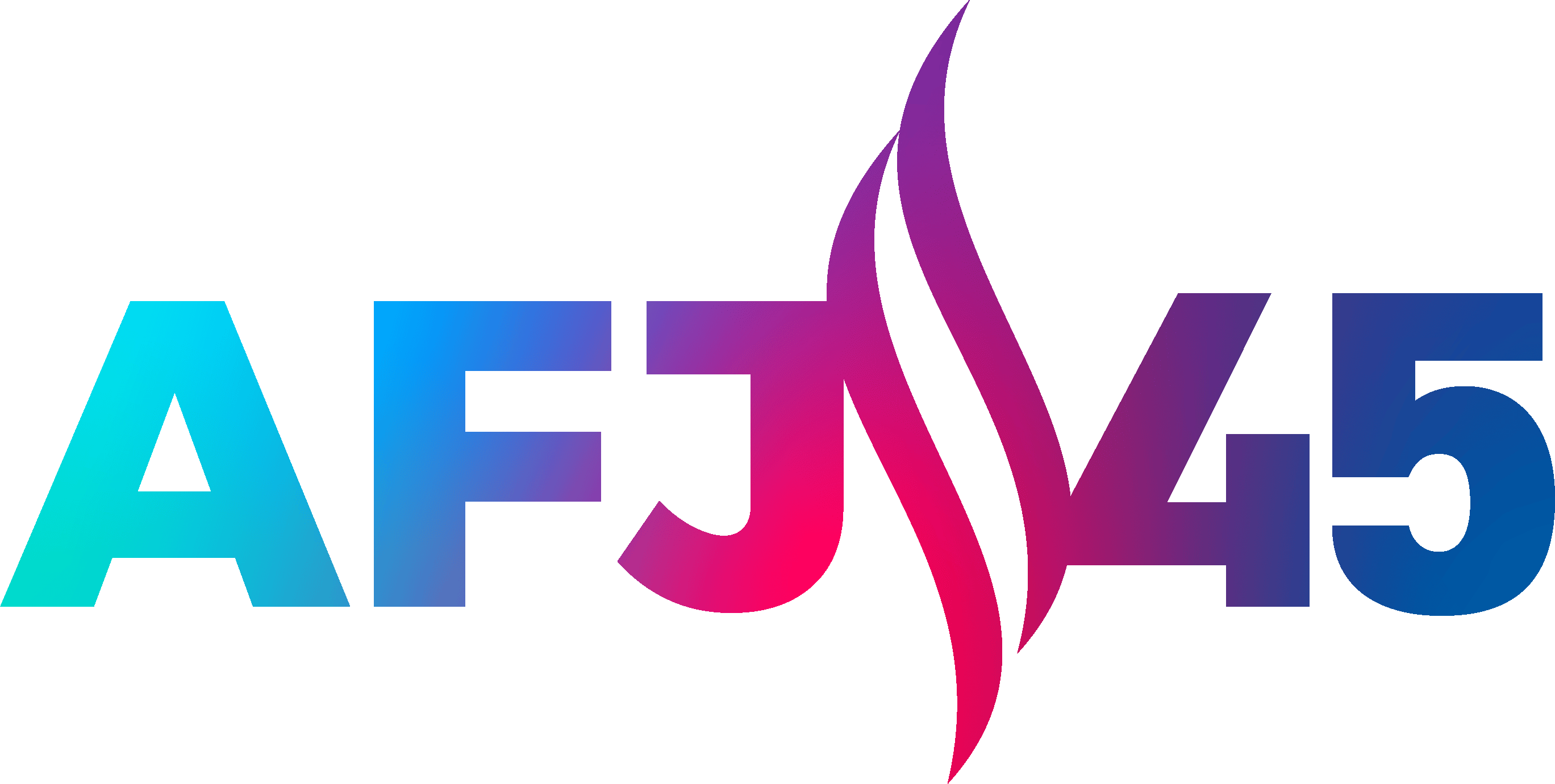The NRA has been the focus of a great deal of media coverage lately—including a May 15 front-page article in The New York Times reporting financial and organizational chaos at the organization. So, what is going on?
While the NRA has often been criticized for its opposition to common-sense gun safety measures, the latest controversy has little to do with politics or policy and focuses instead on the laws that apply to nonprofit organizations. The NRA is now under investigation by the New York State Attorney General’s office for using funds in ways that are impermissible for nonprofits.
To understand how this all happened, it is important to first understand that the NRA is not one organization, and to think of it instead as a “family” of affiliated organizations. The National Rifle Association is a 501(c)(4) membership organization with four affiliated 501(c)(3) public charities: the NRA Civil Rights Defense Fund, NRA Foundation, NRA Freedom Action Foundation and the NRA Special Contribution Fund (also known as the NRA Whittington Center). The NRA also has a political action committee called the NRA Political Victory Fund; this fund is tax-exempt under section 527 of the tax code. Each of these is a separate organization, and each is subject to the laws that apply to 501(c)(3), 501(c)(4), and 527 entities. The New York Attorney General’s office is looking at whether charitable assets were misused—specifically whether the 501(c)(3) NRA Foundation has impermissibly subsidized the political activities of the 501(c)(4) NRA, and whether board members and high-ranking staff used charitable assets or their position for personal gain, known as self-dealing or private benefit transactions. The New York Times article discusses some eyebrow-raising transactions, including spending $14,000 for a summer rental apartment for an intern (now an employee), $275,000 for the purchase of items of luxury clothing by the NRA’s chief executive Wayne LaPierre, and high-dollar contracts with board members. For example, one board member received $270,000 for consulting services.
What does the law say about all of this? 501(c)(3) public charities, such as the NRA Foundation, may engage in a limited amount of lobbying, but may not support or oppose candidates for political office or allow their funds to be used for partisan purposes. It is not impermissible for a 501(c)(3) to grant funds to a 501(c)(4), as the NRA Foundation has done. However, those funds can only be used for 501(c)(3)-permissible purposes, which do not include partisan political activities. The NRA, as a 501(c)(4), may engage in partisan political activities, including endorsing federal candidates and making expenditures to support or oppose the election of a federal candidate. Depending on state law, a 501(c)(4) may also engage in partisan activities to support or oppose candidates running in state-level races. While a 501(c)(4) may engage in partisan activities, those activities cannot be the organization’s primary purpose and the 501(c)(4) may not use funds granted to it by a 501(c)(3) for those purposes. Now, New York authorities want to know whether NRA Foundation money went to support partisan political activity by the NRA, which would be against the law.
As for extravagant spending and the financial benefits lavished on board and staff that were reported in The New York Times, these involve the issue of private benefit. The law says nonprofit organizations must not be organized or operated to benefit private interests or individuals, such as board members and employees. While it is not impermissible for a nonprofit to enter into transactions with board members, those transactions must be at arm’s length, meaning the transaction is fair and reasonable to the nonprofit.
The New York Attorney General office’s investigation will determine whether the transactions with board members, including what seem to be excessive expenses of staff, were private benefit transactions as opposed to fair and reasonable transactions
The NRA and its family of affiliated organizations do not represent an uncommon structure. There are many similar examples in the nonprofit world. These types of corporate structures are useful and strategic as they allow affiliated groups to engage in the entire spectrum of advocacy, from education and lobbying to partisan political activities. This is all entirely legal, provided applicable laws are followed. Authorities will determine whether those laws were followed in this case.
For more information on how affiliated organizations can work together in compliance with the law, see Bolder Advocacy’s guide The Connection.
